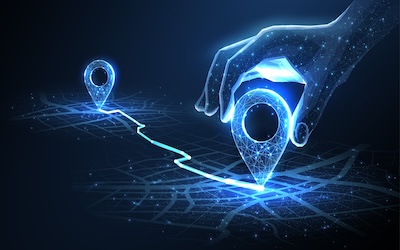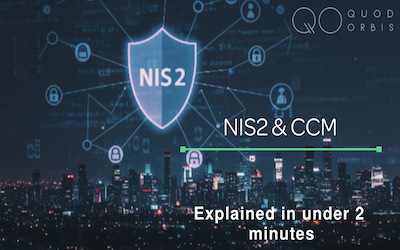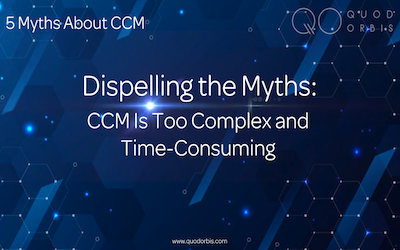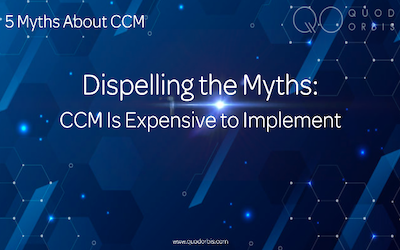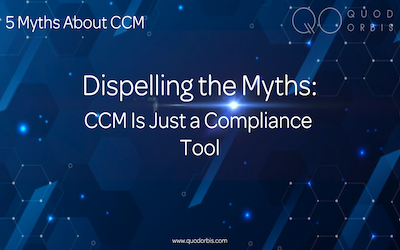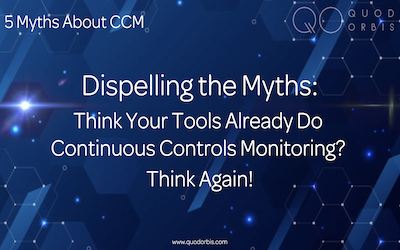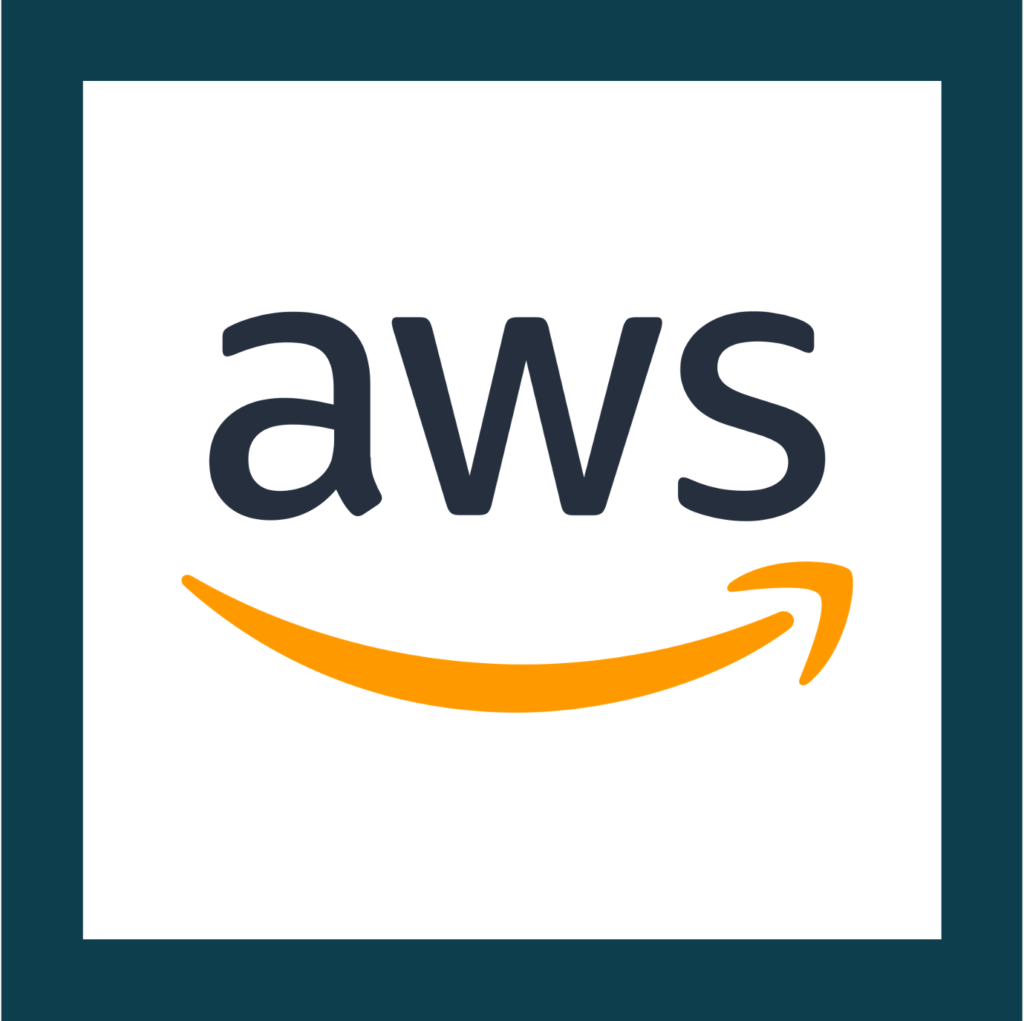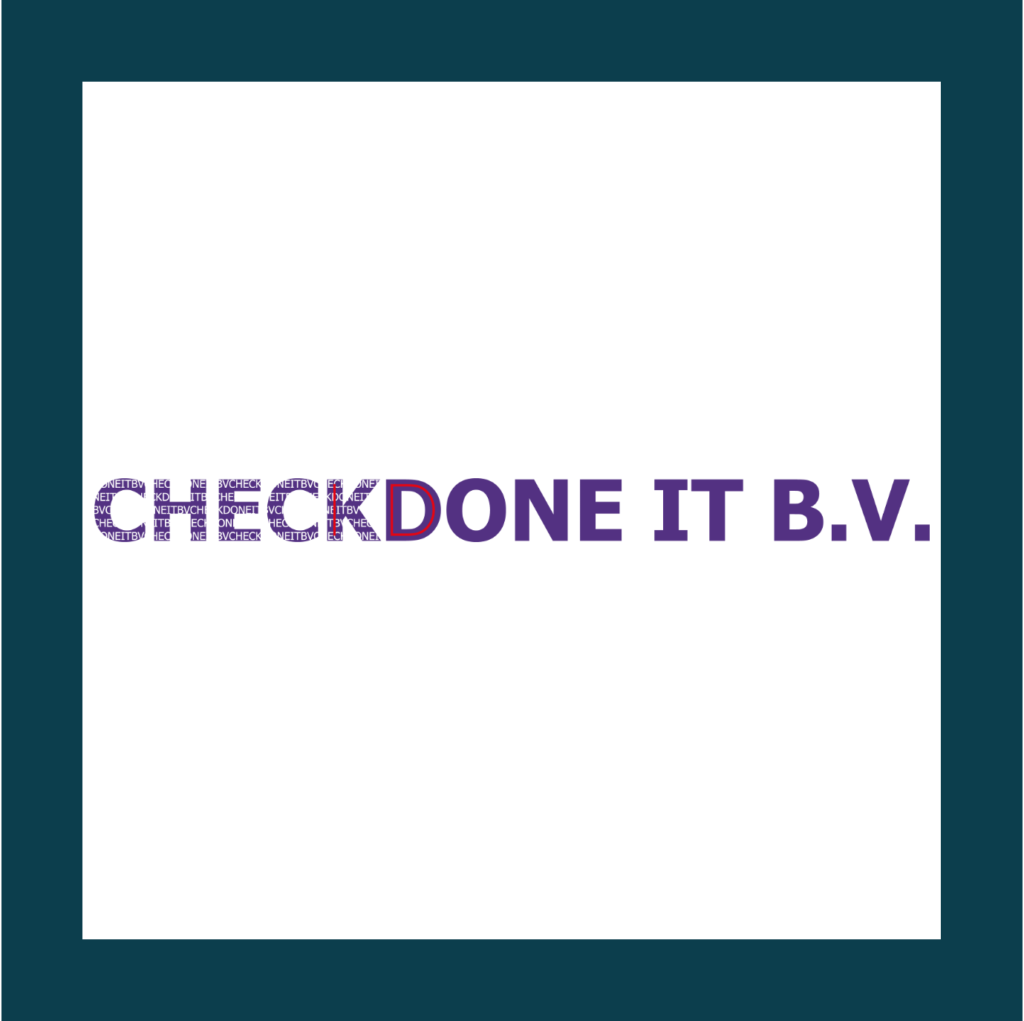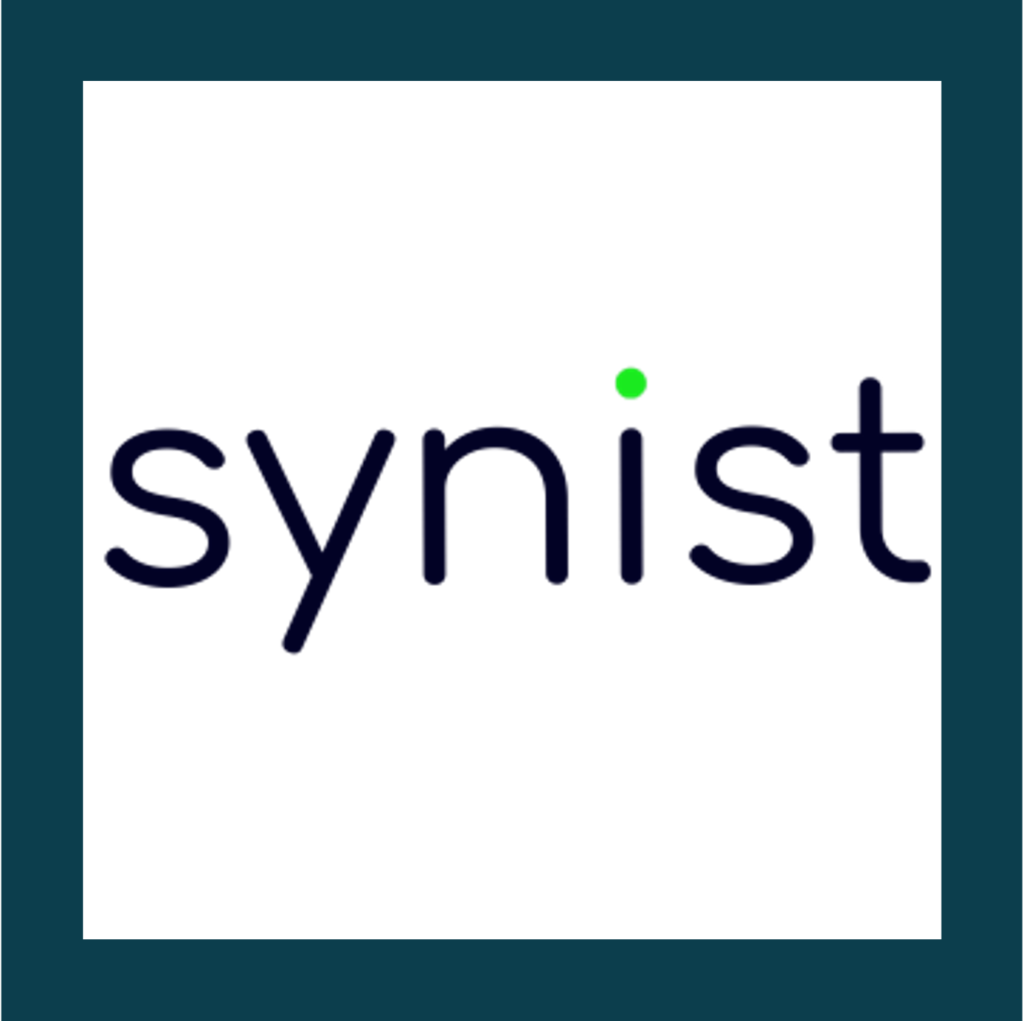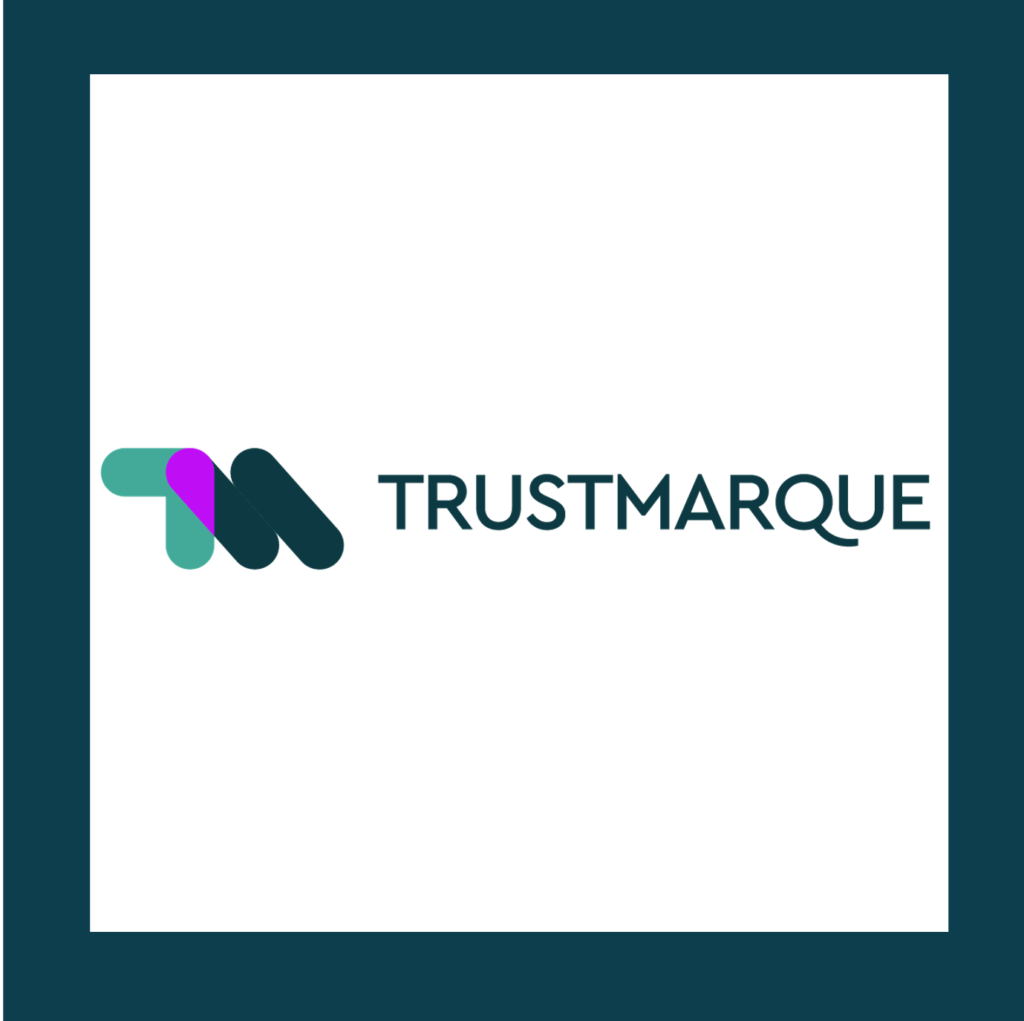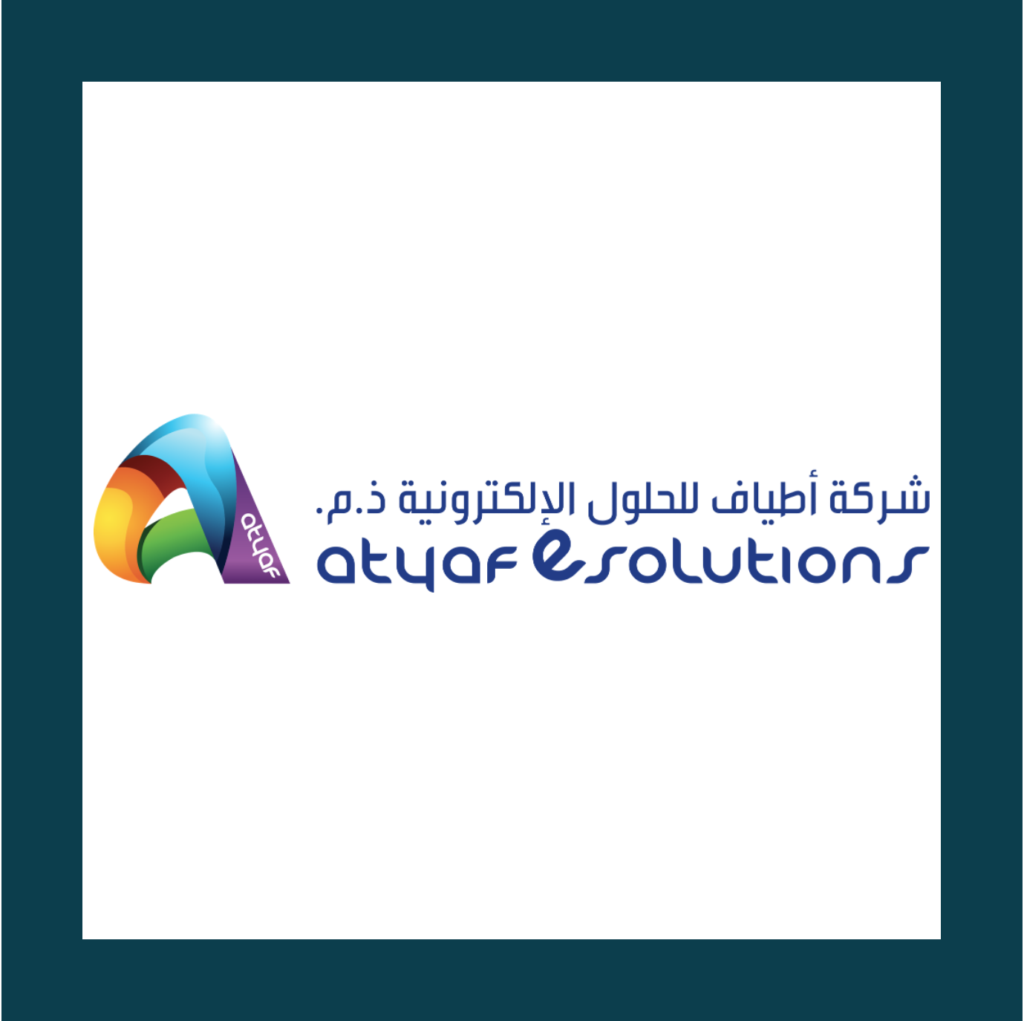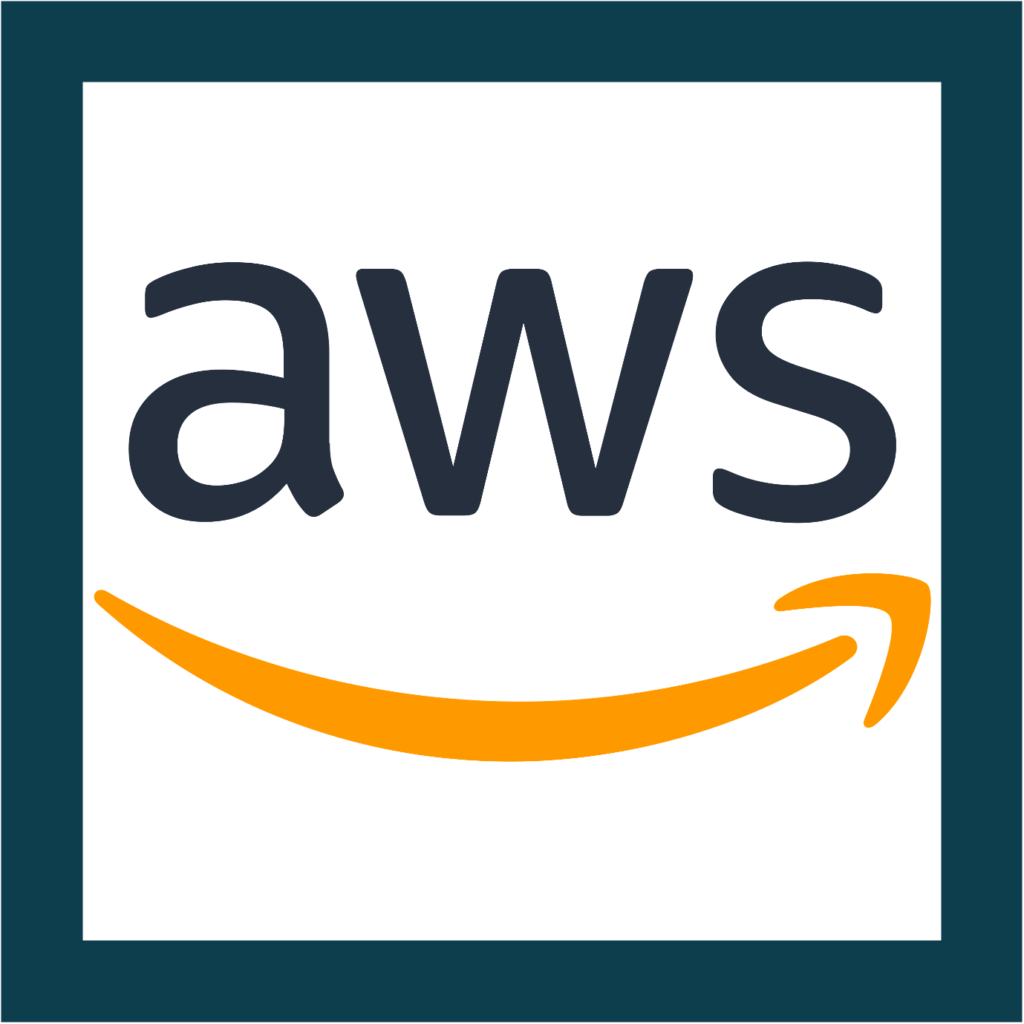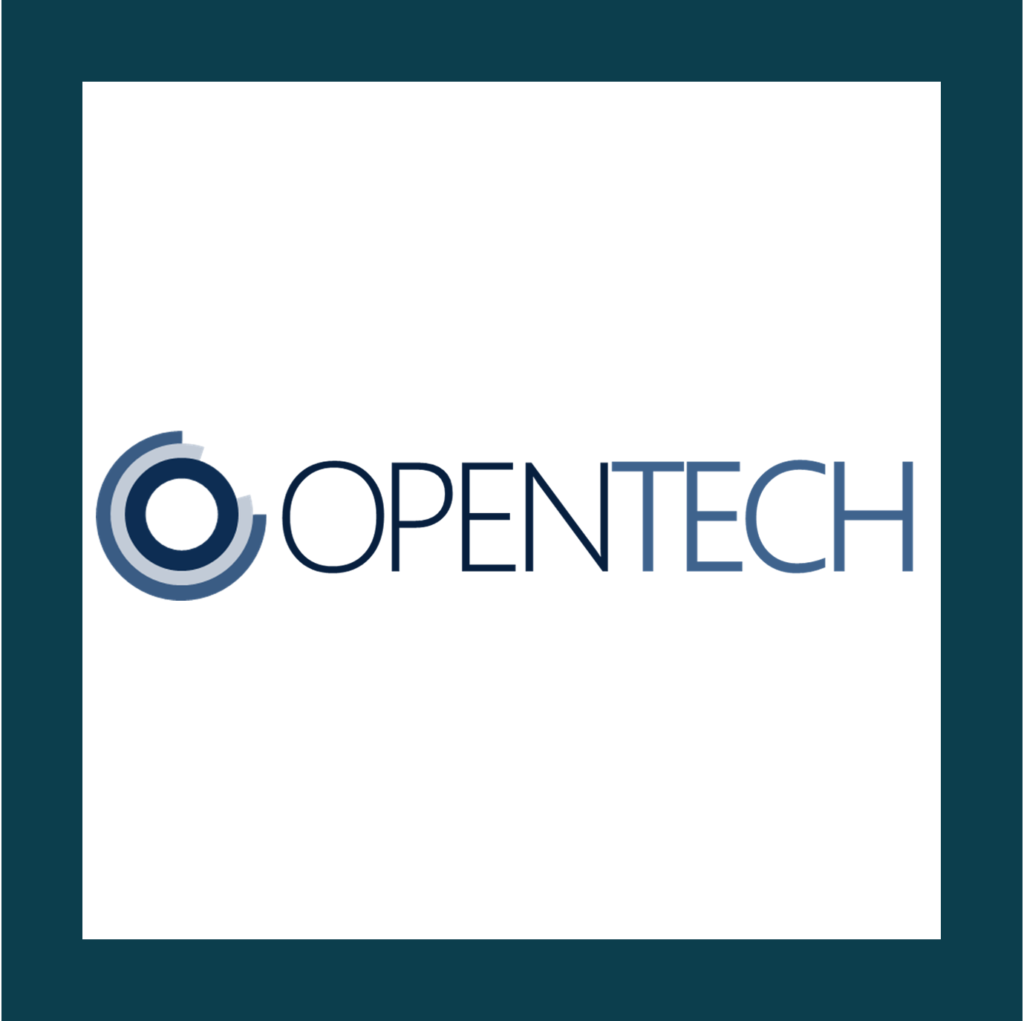Suppose you could catch every control failure before it happened? Not detect something several weeks later in a report.
Well, that’s what Continuous Controls Monitoring now delivers (and so much more) for organisations in any industry.
However, the Continuous Controls Monitoring platforms you see today are not how it started as a technology and the evolution of CCM began as something quite different but it has now become a strategic choice because of what it delivers for organisations on their cyber security, risk and compliance strategies.
We delve into the history of Continuous Controls Monitoring.
Before Continuous Controls Monitoring
The reality of control testing was that it was manual and often periodic, meaning it was time-consuming and retrospective. As audits were quarterly or yearly, control failures were left unnoticed and the damage was done.
Spreadsheets, emails, documentation trails – evidence was challenging to gather which meant there was a lack of real-time visibility and an incredibly delayed response to risk.
This meant risks were only uncovered if someone was lucky or diligent enough to spot them.
Early 2000’s: SOX Becomes the Catalyst
As far back as early 2002, the Sarbanes-Oxley Act (SOX) created a seismic shift in internal control requirements. This shift was accelerated by the Enron and WorldCom scandals which promoted sweeping regulatory reforms and SOX set strict requirements for internal controls over financial reporting.
SOX made organisations document, test and prove how their controls are working and to do this repeatedly, marking the first major shift toward consistent, repeatable controls assessment and this is where the seeds of Continuous Controls Monitoring were cast!
2005–2010: The Rise of GRC Platforms
Before CCM came Governance Risk and Compliance (GRC) platforms and this technology emerged to address the new regulatory demands. Queue the birth of companies like Archer and MetricStream which helped to centralise control libraries, risk registers and audit logs.
These tools brought structure, but they did not solve the monitoring of controls. Controls were still manually checked and issues identified way after they had become an issue. Real time monitoring was not even a thing then….
2010 the birth of automation and integration – The Digital Shift
2010 saw the birth of cloud computing, SaaS and digital workflows and this meant that faster oversight was needed. Automation came into play and automating controls checks in finance, IT and operations.
So, think of it like the first Continuous Controls Monitoring:
- There was flagging of duplicate payments
- Failed user access alerts
- Detection of segregation of duties violations
However, these automations were isolated and not unified as part of an overall monitoring strategy.
Continuous Controls Monitoring Emerges -2012 to 2015
CCM as a term began to gain traction and began to be defined as automated, ongoing testing of controls effectiveness and compliance.
The key industries that began to adopt continuous controls monitoring included the financial services, healthcare and critical infrastructure with early use cases being:
- Unauthorised transactions flagged
- IT policy violation monitoring
- User access reviews
From Compliance to Risk Prevention?
Believe it or not, but early Continuous Controls Monitoring was very much compliance driven, focussed on ensuring all the boxes were ticked for regulators. However, what became apparent was CCM’s capacity for real time alerts for risk reduction. CCM became part of an organisations overall risk strategy because they realised it’s potential in providing risk detection in real time.
Integration with Cybersecurity and Technical Controls
As cyber threats surged in both frequency and sophistication, organisations quickly realised that continuous monitoring couldn’t stop at financial or operational controls. The scope of CCM had to evolve – fast.
Security teams began to extend CCM to cover technical controls, enabling them to detect and respond to vulnerabilities in near-real-time. This shift transformed CCM into a critical part of an organisation’s cybersecurity posture.
What started getting monitored?
- Endpoint protection controls: Ensuring antivirus, EDR and other endpoint tools were active, up-to-date and effective.
- Network segmentation: Verifying that internal traffic was properly segmented to reduce lateral movement opportunities.
- Encryption enforcement: Monitoring whether encryption was consistently applied to data at rest and in transit.
- Patch management cycles: Detecting missed patches or delays in applying security updates to critical systems.
Why it mattered:
These controls aren’t just security hygiene — they’re foundational to preventing breaches. By monitoring them continuously, organisations could:
- Prevent mis-configurations and drift from baseline
- Reduce attack surface
- Prove technical control effectiveness to auditors and regulators
Framework alignment:
CCM also enabled better alignment with leading cybersecurity frameworks, including:
- ISO 27001 – especially Annex A controls
- NIST Cybersecurity Framework (CSF) – across all five functions
- CIS Controls – particularly controls 4–13 (from access to vulnerability management)
The integration of cybersecurity into CCM wasn’t just a natural progression — it became essential to managing modern risk in a cloud-first, API-connected, threat-heavy world.
2016–2019: Cloud and API-Driven Ecosystems Expand CCM’s Reach
APIs and cloud platforms changed the game.
Organisations could now connect directly to the systems generating control data – whether it was identity providers, vulnerability scanners, cloud platforms or financial software. Monitoring became:
- Real-time
- Scalable
- Framework-agnostic
This was the beginning of modern CCM – a single lens into the effectiveness of controls across the business.
2020–2022: Convergence of Cyber, Risk and Compliance Monitoring
As cyber security threats surged and new regulations emerged, CCM matured even further. Organisations began using it to:
- Monitor technical controls (e.g., encryption, patching, MFA)
- Ensure alignment with frameworks like ISO 27001, NIST CSF, CIS
- Prove readiness for new regulations like DORA, NIS2 and UK SOX
CCM was no longer just for finance or compliance teams; it became central to cyber resilience strategies.
2023–Present: AI-Driven Monitoring and Predictive Compliance
Today, we’re entering a new chapter.
AI and machine learning are being applied to control data, enabling:
- Predictive compliance (forecasting likely control failures)
- Anomaly detection (flagging unusual behaviours)
- Automated evidence collection and audit readiness
Modern CCM platforms can connect to any data source, monitor any control and align to any framework, providing real-time assurance that the organisation is operating securely, compliantly and effectively.
Why History Matters
CCM has had quite some journey. And for some reason there can be some confusion as to its purpose. Often defined just by the real time monitoring of controls effectiveness, it’s actual purpose is being the technology to provide that holistic oversight of an organisations entire ecosystem, encompassing all cyber security risk and compliance that can often be overlooked.
However, in today’s threat landscape CCM technology cannot be overlooked if organisations are to arm themselves to ensure they are operationally resilient, now and for the future.
To find out more about Continuous Controls Monitoring, click here.

